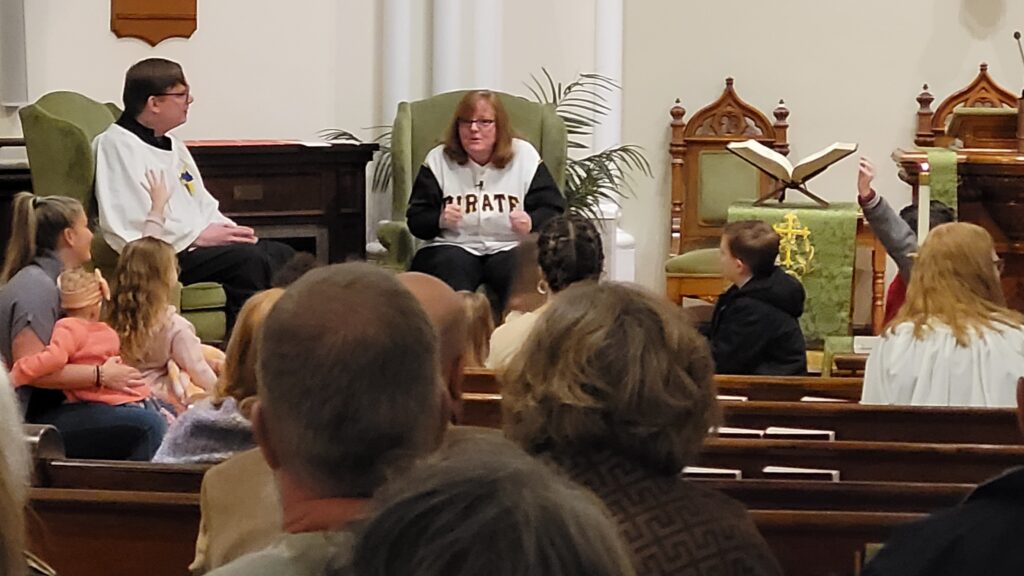Love of God through Service to Others
Bound Brook Presbyterian Church
Bound Brook, NJ
By Student Researchers Lizzette González Sosa and Reni John

Before our first visit to Bound Brook Presbyterian Church (BBPC), a church member playfully warned us to come ready for an active day of worship. While we were uncertain what she meant by these words, one visit to BBPC clarified her meaning. On that first Sunday, we stepped into the church building to find ourselves in a room busy with movement. Church members, dressed in their football jerseys, walked about, preparing for the post-service Superbowl-themed fundraiser to raise funds for the annual youth missions trip. A few steps away in the community center, church volunteers unpacked boxes of potatoes and ladled up freshly prepared soup in takeaway containers as children darted between tables, removing bins emptied of produce, preparing the gymnasium for the church’s food pantry program to be held later that afternoon. Still, others ensured the sanctuary was ready and welcoming to those in this family of faith and anyone else who should walk through the church doors that day. Essentially, Sunday mornings at BBPC testify to this community’s desire to respond faithfully to God’s care for them by caring for others.
Founded in 1688 by a group of Scottish dissenters persecuted for their religious beliefs, today, BBPC remains a predominately white congregation, most of whom live outside Bound Brook. The church is led by Pastor Linda Owens, who, along with a staff of three and an active group of deacons and elders, sees her role in the church as a cheerleader, empower-er of others, and worship leader. “We’re an extremely blessed congregation,” she says, “We feel very fortunate that we are still around … [and can say] things are really, really pretty good.” While Linda and others in the congregation refer to BBPC as a “blessed” community because they have survived, even thrived through COVID, members also speak of this regarding the church’s legacy of accepting and welcoming the marginalized. As one church member put it, “[A]cceptance right away… drew me to this church- acceptance of everyone.” At a time when the Presbyterian Church (USA) struggled to accept LGBTQIA+ persons wholeheartedly, BBPC did not. In speaking of her start at the church in 2001, Pastor Linda remembers that her sexual orientation barred her from serving in a pastoral position in a PC (USA) church. Despite the denomination’s regulations, BBPC invited her to serve on staff as the Director of Christian Education, treating her as an associate pastor until installation in this role as an openly gay woman became possible. BBPC, Pastor Linda reminisces, offered her a “wide open door [of] welcome … and that welcome was empowering.”
Like their pastor, members view the church’s historic acceptance and welcome of all people as empowering their faithful adherence to God’s call to love and accept others. “We are all about doing [God’s] will on earth,” said one member, adding the church does this by “putting our beliefs into practice.” This, he notes, is why BBPC is a community of “active people.” While the church sees its call to do “God’s will on earth” by supporting missions work outside the state and internationally, BBPC’s key service efforts center on “love local,” a term used by the church to define its commitment to love and serve the town of Bound Brook, a mostly Hispanic community in which too many residents struggle with food insecurity, undocumented status, and learning English. Along with assisting organizations like Safe and Sound, which seeks to aid victims of sexual and domestic violence, the church hosts Silent Seekers, a program held in its cemetery that fosters ecumenical worship. As Ted Settle, a long-term member, shared in a Good Friday reflection, the church, in “saying yes to God,” lives out their faith and love of God by serving “the least of these” (Matthew 25:40, NRSV).
BBPC’s “yes to God” is why, Settle contends, this faith community welcomed two local Latinx churches into their worship space when they could no longer meet at their previous sites. “Yes to God” is why the church, realizing many in the Bound Brook area required immigration assistance, provided space for an immigration attorney to meet with area residents. It is also why BBPC, when the local school and another church could no longer support the food pantry, said “yes” to taking it on, growing the program to such an extent that they have collected and already distributed $110,000 worth of supermarket gift cards and provided more than 63,000 servings of freshly prepared soup to local residents in approximately 81 Sundays. To a large extent, the way BBPC acquired responsibility for this program, its most significant “love local” initiative, illumines a primary characteristic of this church. When faced with a need or crisis in the community, BBPC will, as Pastor Linda says, “always stick its neck out” to help.
Yet “stick[ing] its neck out,” particularly with the food pantry, has come at a cost. As D’Maris, the pantry coordinator, describes it, “[this program is] bigger now than when we started.” Donations from grocery stores and produce markets are available only on weekends, so the church had no choice but to host the pantry on Sundays. Unfortunately, this now means church members who are core pantry volunteers must forego Sunday worship in the sanctuary to prepare the community center for grocery collection. While some volunteers regret their lack of participation in formal worship, they also view their pantry work as an alternate form of worship unto God. After all, says one volunteer, “where two or three are gathered in [God’s] name, [God is] there among them” (Matthew 18:20, NRSV). Yet, Pastor Linda says, “I’m struggling with how to keep the community together. … We miss those folks [who volunteer in the pantry].” The growth of this program has also displaced beloved congregational care programs, like community meals. Echoing the sentiment of a church focus group, Pastor Linda notes the food pantry “[gives the church] limited access to … that whole building. … The community center is where we had Sunday School forever. We can’t do that anymore.” Yet the food pantry alone is not responsible for BBPC’s careworn staff and volunteer force. As one elder described it, “the same people are asked to be deacons, to be elders, to do this or to do that. And people are burnt out.”
Church leadership and congregants recognize that, as one focus group participant said, vital to “get new people- new members- involved and to feel [like they are] a part of the church.” For many in the focus group, the involvement of new members in the church is the ideal solution to alleviate some of the burden on the community’s active members to serve. Yet active congregants remain uncertain as to why new members tend to, as one elder described it, “disappear” instead of “continuing to come into church [and] … participate in all the good things [BBPC does].” Might it be, focus group participants wonder, that the church’s lack of success in engaging new members is because the church is “trying to do too much and … losing focus?” One participant questions if the issue is further exacerbated because BBPC today may not be the “welcoming” church it once was. She notes the church remains committed to “welcoming people who don’t find a welcoming in another church because of their sexual orientation or lifestyle or whatever. … But I don’t know that we’re necessarily… welcoming.”
As new visitors to Bound Brook, we also wonder how the church conceptualizes welcome in its theology of service to others as a response to God’s care for them. While we experienced the embrace of this community both inside and outside the sanctuary, there were also moments in which we found ourselves out of place. In many ways, this aspect of our experience is reminiscent of what we heard from a long-time church member. “I came into this church knowing no one,” she shared. “I remember sitting on that pew in the reception, just sitting there… watching everybody talk to everybody … and I said, I have no one to talk to. … I could get up and leave. But then I became a deacon, and that changed my life here.” As those outside this community on hearing her story, we found ourselves remembering an experience with a local resident we encountered through the food pantry program on our first Sunday at BBPC. After visiting the pantry, on our way out, a member of our research team, Lissette González Sosa, stopped to say “Hola” to an older woman sitting in a folding chair waiting for the pantry to open. Immediately, the woman smiled at her and initiated the conversation, asking about the church, its language of worship, and its service schedule. Lissette’s conversation with this woman made us wonder, was this the first meaningful conversation this woman had with someone associated with BBPC despite multiple visits to the pantry? These three experiences raise the question if someone only feels welcome into the BBPC family after engagement in acts of service in or for the church. If BBPC views its service to others as first, a response to God’s care of them and second, as part of the church’s commitment to welcome and accept “all people,” should those who come into connection with the church, whether as worshippers in the sanctuary or standing in line at the food pantry, experience welcome independent of service?
That BBPC questions how it might remain a community that says “yes to God” even as it ponders if it is doing too much is not surprising. Nor should current concerns like overtaxed volunteers or questioning whether they remain a community that accepts and welcomes everyone, particularly those devalued by society, be minimized. Any church that desires to be a people who, as Pastor Linda says, love and serve “where God puts you” will feel these tensions. Yet BBPC remains a people rooted in the knowledge of God’s love and care for them. They are the community that welcomed those the larger Church estranged. This family of God has “stuck its neck out” to jump into the gap to make sure the residents of their town are fed. Such a community is well-placed to engage in the brave work of self-reflection, of sitting with God and one another and asking, How Lord might we continue to feed and tend to your people as you would have us do even as we just sit and receive the nourishment you offer us (John 21: 9-12, 16-17)?
When asked to consider what biblical account or image best captures their church, one member quickly pointed to the transfiguration (Matthew 17:1-8). “We are,” she says, a church that is “constantly changing, evolving… The church when I first came in – it’s not that church anymore in a good way. … We’re constantly challenging ourselves to transfigure [and] become what the church needs presently.” Although our time with this church has been short, we cannot help but dream of what their ongoing transfiguration might be. Might we join them one day for an unexpected worship service that is neither in the sanctuary nor the community center but outside in the parking lot- a lot now filled with tables where longtime and new members sit alongside food pantry recipients to share a meal as worship unto God despite their language differences? What if the church’s intentional welcoming of new people to the church occurs not just at the doors of the sanctuary at the start of worship but continues at the benches that line the edges of the fellowship hall? What if BBPC’s transfiguration is a change into an intentional koinonia of rest with God and one another?


